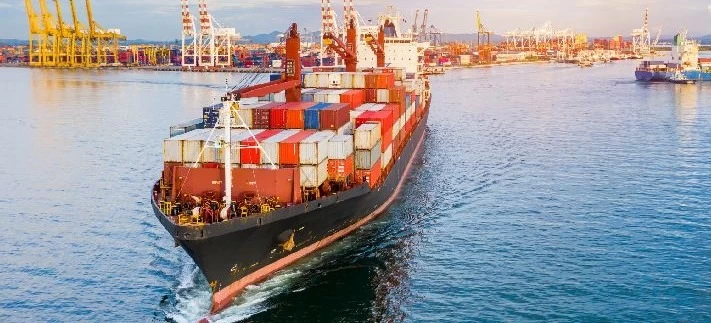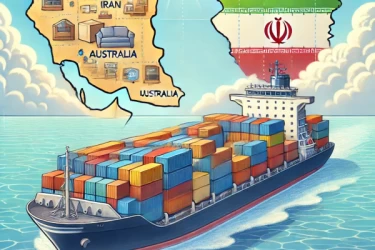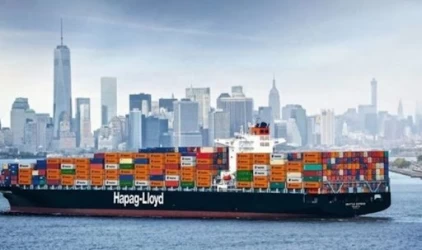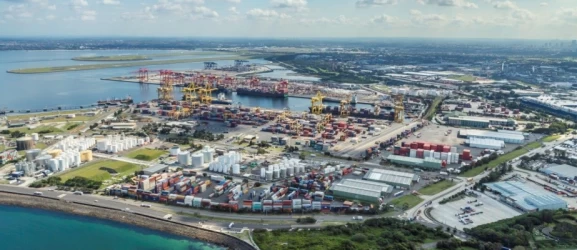Sea transportation in Bandar al-Sukhna
The Port of El Sokhna, located on the western shore of the Red Sea in Egypt, is one of the country’s most vital maritime gateways. Strategically positioned near the Suez Canal, the port plays a significant role in international trade, shipping logistics, and economic development in the region. This article explores the importance, infrastructure, operations, and challenges associated with maritime transport at the Port of El Sokhna.
Geographic Importance
The Port of El Sokhna is situated approximately 120 kilometers east of Cairo and serves as a critical link between Europe, Asia, and Africa. Its proximity to the Suez Canal makes it an ideal hub for shipping routes, allowing vessels to quickly access one of the world’s busiest maritime passages. This strategic location enhances the port’s ability to facilitate the movement of goods and supports regional trade dynamics.
Infrastructure and Facilities
El Sokhna is equipped with modern infrastructure and facilities designed to accommodate various types of cargo, including containers, bulk goods, and roll-on/roll-off (RoRo) vehicles. Key features of the port include:
- Deep-Water Berths: The port has deep-water berths that can accommodate large vessels, including Panamax and Post-Panamax ships. This capability ensures efficient loading and unloading operations.
- Advanced Cargo Handling Equipment: El Sokhna is outfitted with state-of-the-art cranes, reach stackers, and forklifts that enable quick turnaround times for vessels. The use of modern technology enhances operational efficiency.
- Storage Facilities: The port features extensive warehousing and storage areas, including temperature-controlled facilities for perishable goods. This variety allows for the handling of diverse cargo types.
- Free Trade Zone: The establishment of a free trade zone adjacent to the port encourages foreign investment and trade by providing tax incentives and streamlined customs procedures.
Role in International Trade
The Port of El Sokhna is a crucial player in Egypt’s international trade landscape. It serves as a primary transit point for imports and exports, connecting Egyptian businesses with global markets. The port facilitates the movement of various commodities, including:
- Oil and Gas: As Egypt is a significant producer of petroleum, the port plays a vital role in the export of oil and gas products.
- Consumer Goods: Numerous shipping lines operate from El Sokhna, bringing in consumer goods, electronics, and machinery for the Egyptian market.
- Agricultural Products: The port also handles the export of agricultural products, contributing to Egypt’s economy.
Benefits of Maritime Transport at El Sokhna
- Cost-Effectiveness: Maritime transport is generally more cost-effective for bulk cargo than other modes of transportation, making the Port of El Sokhna an attractive option for businesses.
- Efficiency: With modern facilities and efficient cargo handling processes, the port ensures timely deliveries and reduces the overall supply chain lead time.
- Accessibility: The port’s location provides easy access to regional and international markets, enhancing trade opportunities for Egyptian exporters and importers.
- Environmental Impact: Shipping is often considered a more environmentally friendly mode of transport compared to road and air freight, as it emits fewer greenhouse gases per ton of cargo.
Challenges Facing the Port
Despite its advantages, the Port of El Sokhna faces several challenges:
- Congestion: The increasing volume of cargo can lead to congestion, impacting the efficiency of operations. Expanding infrastructure and optimizing processes are essential to mitigate this issue.
- Competition: El Sokhna competes with other regional ports, such as Port Said and Alexandria, as well as international ports in the Mediterranean and the Gulf. Continuous investment in facilities and services is necessary to maintain its competitive edge.
- Political and Economic Factors: The stability of the region and economic policies can influence trade volumes and investment in port infrastructure. Addressing these factors is crucial for sustained growth.
Future Prospects
The Egyptian government has recognized the importance of enhancing the Port of El Sokhna's capabilities. Plans for expansion and modernization are underway, with investments aimed at increasing cargo capacity and improving logistics services. The development of additional berths, enhanced cargo handling technology, and better connectivity to inland transportation networks are part of the strategic vision for the port.
Conclusion
The Port of El Sokhna stands as a vital component of Egypt’s maritime transport infrastructure, facilitating international trade and economic development. With its strategic location, modern facilities, and commitment to efficiency, the port is poised to play an even more significant role in global shipping networks. By addressing current challenges and investing in future growth, El Sokhna can enhance its position as a key player in maritime transport in the region.
If you have any specific questions or need further assistance, feel free to ask!











